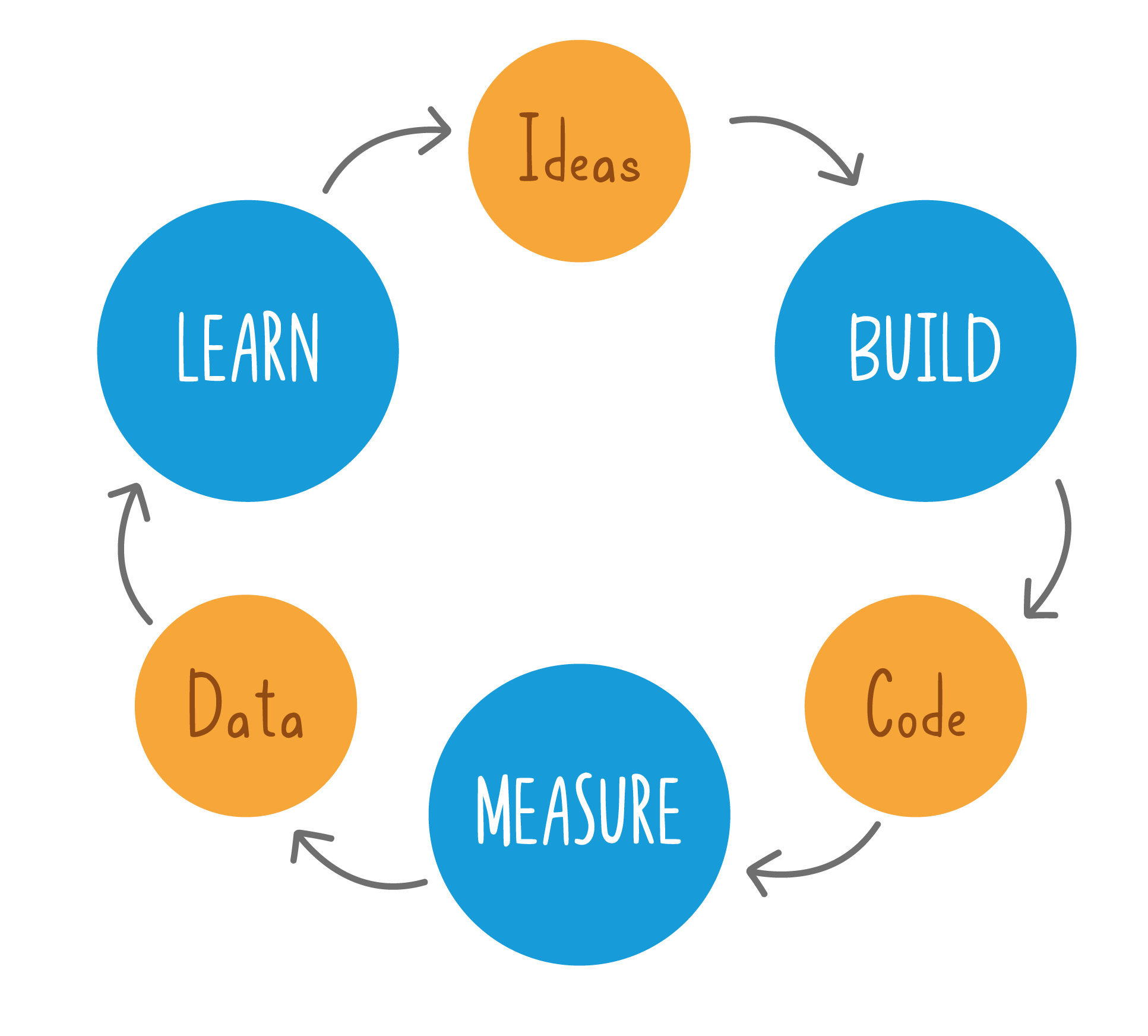Uke: in Japanese martial arts, a person who receives a technique.
Ukemi: allows the uke to suffer as little damage as possible from a fall. If done correctly, the force of hitting the ground will spread along non-critical parts of the uke’s body. By doing ukemi correctly, the uke can get out of danger and go on to their next course of action without suffering too much damage from falling.
This is what occurred to me when I was thinking through this article on what Lean Startup is and how it can help your organization. And, if there is one thing Lean Startup can help you with while launching your next product or service, it’s not to hurt you when you fall.
In other words, fail quickly and cheaply. Or let me say it this way: don’t waste time or money producing ideas that sounded great when drawing them on a napkin in a coffee shop, but that no one is willing to pay for.
In the same way, Lean Startup prepares us for the fall. How? By applying the principles of the scientific method to the creation of business models. In this way, failure isn’t a random result of your attempt to market a new product; instead, failure is a possible result you already took into account in your methodology focused on the validated learning cycle:

The MVP has been described in many different ways. So many, in fact, that it sometimes loses its original meaning. As Eric Ries defines, the MVP is “that version of a new product which allows a team to collect the maximum amount of validated learning about customers with the least effort.”
This definition has generated confusing interpretations at times, causing some to think it was about creating a first beta version of the product and launching it to the market to see the reactions of the target audience. An MVP, in the first instance, also helps to validate whether the problem you are going to try to solve really exists, and eventually, determine whether you are going to build that new product or not. Therefore, an MVP can even be something as simple as experimenting with an AdWords campaign to see if there is interest in the target audience.
To generalize and clarify, I’ll say that Lean Startup operates in “lanes” that are established by “Validated Learning” (Create, Measure, Learn). In these lanes, MVPs (plural, since to validate a business model you will need to generate and test many different MVPs) are artifacts that you are able to create quickly and that will allow you to learn as much as possible about the hypotheses your business model is based on.
So how can using Lean Startup in you organization add value?
From our experience and point of view, here are some of the main advantages that Lean Startup can bring to your organization:
Gracias,
— Juan Luis

Join the list of organizations that have already started the exploratory culture movement by learning to fail quickly and cheaply in our Lean Startup Fundamentals course.
© Copyright 2023. Netmind. All rights reserved.
Por favor, proporciona la siguiente información para ayudarnos a personalizar la solución.
Netmind España
Barcelona +34 933 041 720
Madrid +34 914 427 703
Nos puedes encontrar de:
Lunes – Viernes, 9:00-18:00 (GMT+1)
¡Te ayudamos!
info@netmind.net
¿Dudas sobre servicios/formaciones?
comercial@netmind.es